Meet three women composers who wrote flute sonatas in 18th century Prussia – Wilhelmine von Bayreuth, Anna Amalia von Preußen, and Anna Bon di Venezia.
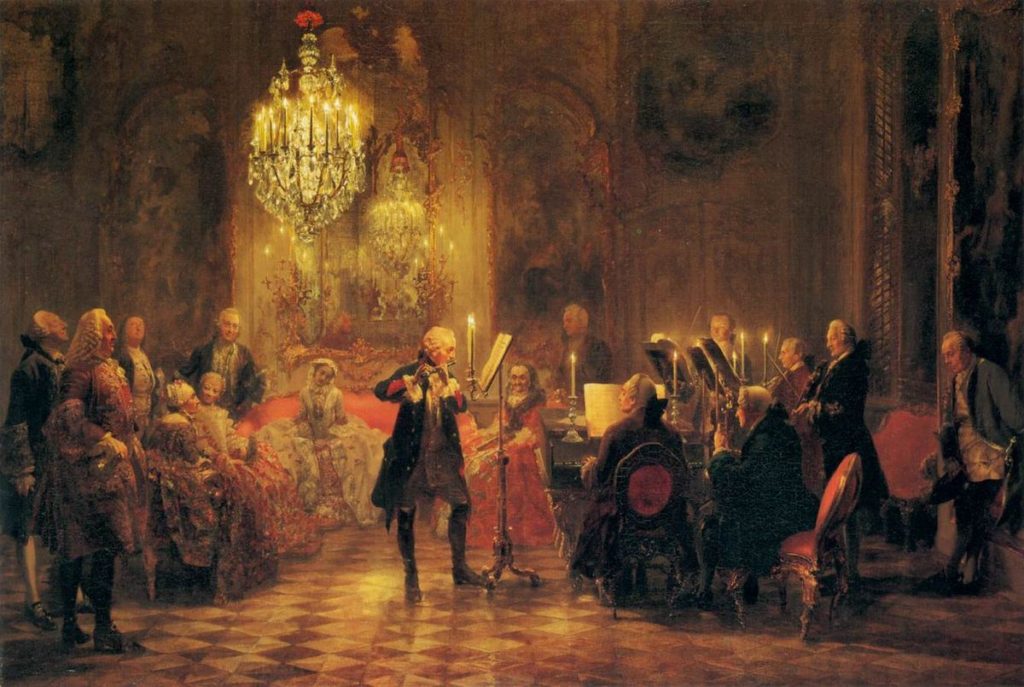
I kicked off the new year by learning Princess Anna Amalia von Preußen’s ‘Sonata in F Major,’ and surprised myself with just how excited I was to start working on a piece composed by a woman. Although I’ve played many flute choir pieces by women composers, this is only the second flute solo I’ve ever learned that was composed by a woman. There have been many female composers throughout history, but thanks to the dominance of patriarchal systems in western Europe and the United States, we rarely learn about their contributions in Western music history.
During a workshop last year, I learned about a circle of women composers from the 18th century Prussian court, and had been curious about them ever since. Who were they, how did they learn music, and what made Frederick the Great’s court different enough that these ladies were allowed to participate musically in society? I was curious about what we could learn from them that could help support women musicians in today’s world. It wouldn’t have surprised me to find a story about male allyship and friends in high places or the importance of access to high-quality education. But what I found instead is a bigger story about the strength of female leaders and the importance of acknowledging women’s roles in history.
Mother and Patron of the Arts
Sophia Dorothea von Hanover, Queen of Prussia and Electress of Brandenburg
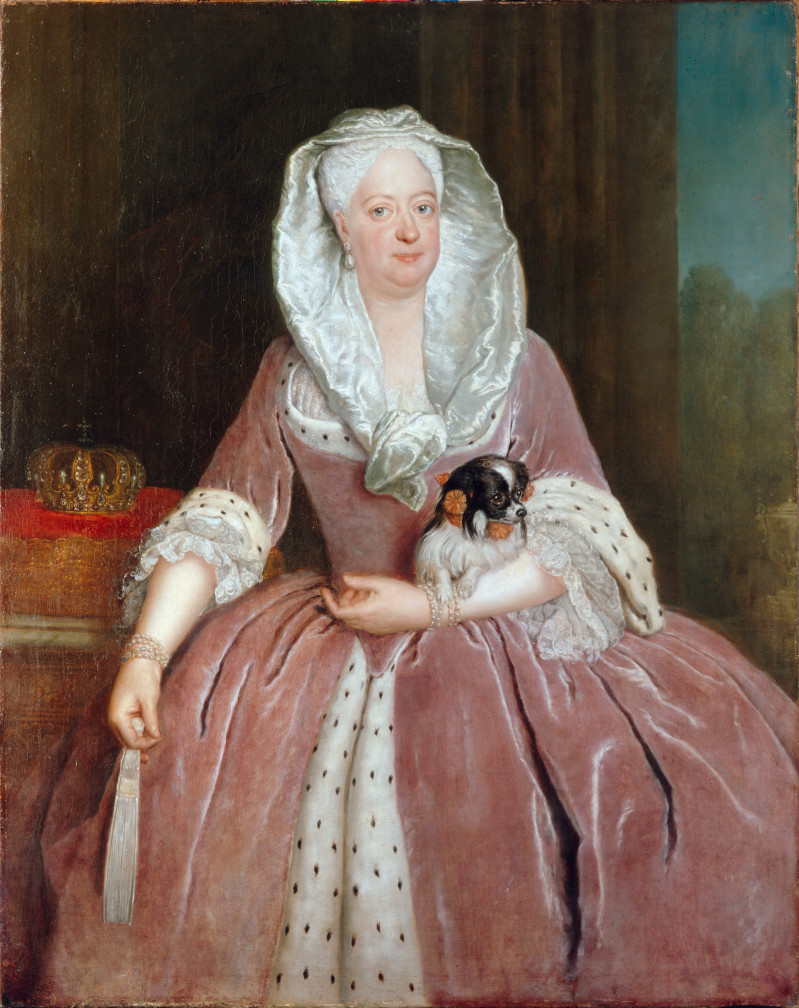
Sophia Dorothea von Hanover married the Crown Prince of Prussia in 1706, and became queen when her husband ascended to the throne in 1713. Records suggest that Frederick I loved her in his own way, but the feeling was never reciprocated. While he was strict and militaristic, she loved art, music, science, literature, and fashion – things which he considered frivolous and did not allow at his court. Despite what must have felt like the most disappointing marriage of all time, Queen Sophia was a baddass mom to her 10 surviving children, making the best of a challenging family situation.
She supported her children with musical inclinations in learning instruments and composition in secret, and must have also taught them how to be resilient against their father, in order to be emotionally strong enough to follow their passion while they lived in his household.
When Frederick the Great became king, he welcomed artists and musicians back to the Prussian court, and provided resources to help them flourish. This transformed Prussia from a kingdom suffering from the hardships of war into a thriving cultural center. In a way, this artistic revival is also his mother’s legacy. Queen Sophia’s children also believed in building community and education around the arts, with a bit more accessibility than you saw elsewhere in Europe at the time. And the resources they developed have helped others, even as time went on – for example, the library of scores that Anna Amalia collected has been invaluable to modern Bach scholars and Wilhelmine helped establish the University of Erlangen.
Women Who Composed for Flute
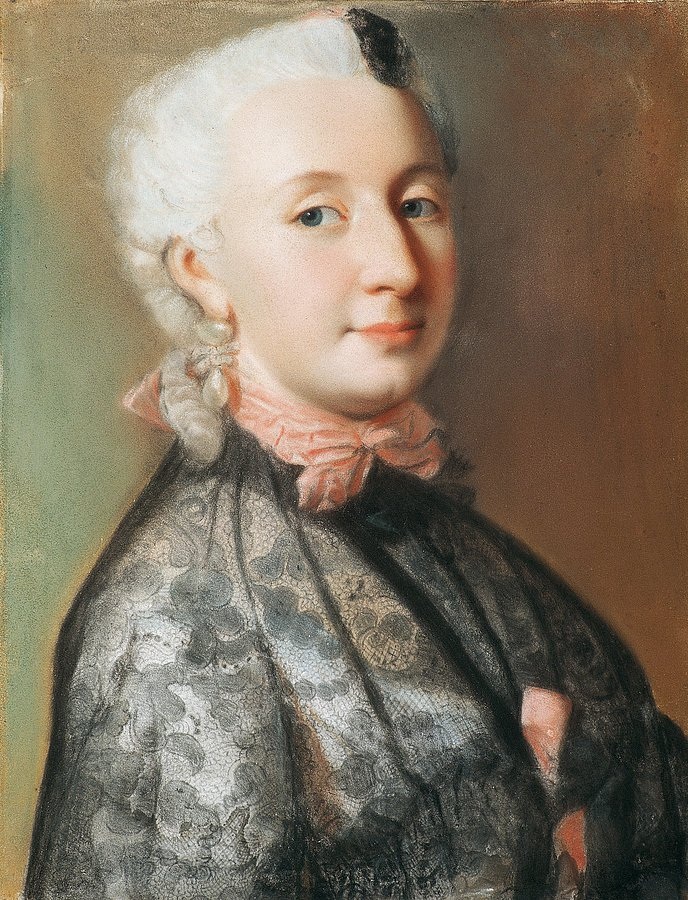
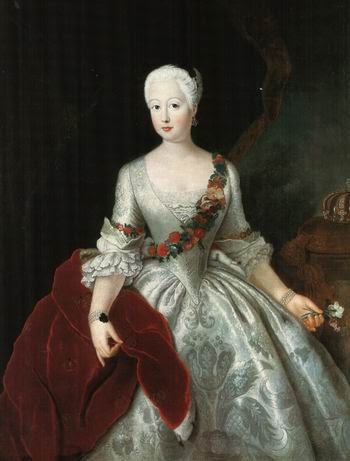
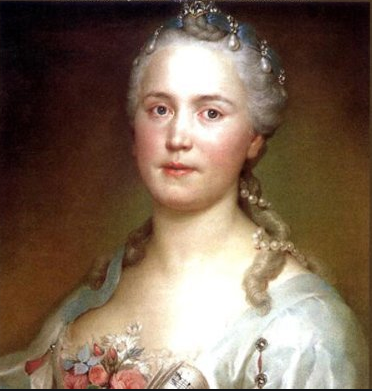
Princesses Wilhelmine and Anna Amalia von Preußen
Princess Wilhelmine was the elder sister of Frederick the Great, and Anna Amalia was one of their youngest sisters. Like their brother, the girls learned music in secret from their father, and performed when he was away from court. They were each proficient in multiple instruments, with Wilhelmine learning lute and harpsichord, and Anna Amalia playing flute, violin, and harpsichord.
At the time, women typically weren’t allowed to play wind, brass, or string instruments or compose – but maybe they didn’t consider it that big of a deal since the siblings were already learning in secret, as these activities were not allowed by their father.
Both sisters wrote flute sonatas that were most likely intended to be played by their brother, accompanying him on harpsichord (though Anna Amalia was also a flutist herself). These pieces likely had sentimental value, as music provided comfort for them from the harsh environment created by their militaristic father. Both sisters also became big patrons of the arts later in life, with Anna Amalia curating a music library with over 600 volumes of scores, and Wilhelmine rebuilding the opera house and theatre in Bayreuth.
Anna Bon di Venezia
Unlike the princesses above, Anna Bon came from a working family of travelling musicians. Anna was a cembalist, singer, and composer known for writing chamber music. She grew up in Venice with her uncle and attended Ospedale della Pietà (where Vivaldi taught, earlier in that era) while her parents made a tour of Russia that included performances at the court in St. Petersburg.
After Anna graduated from school, she joined her parents at the court in Bayreuth, where they were employed as a family ensemble at the invitation of Margravine Wilhelmine. She was the first woman appointed “Chamber Music Virtuosa,” a new position in the service of Margrave Friedrich von Brandenberg-Bayreuth (Wilhelmine’s husband). Her first opus of flute sonatas is dedicated to her employer, who, like Frederick the Great, was a student of Quantz.
Inequalities in Gender Representation
It’s important to note some of the reasons why we don’t hear as much about these women composers as their male counterparts. First off, 18th century societal conventions considered it improper for women to compose music professionally. However, as women, there were additional societal factors impacting their reputation in ways that would not have similarly impacted a man’s career.
Wilhelmine released a memoir later in life that included details about her father’s abuse, and was discredited as a madwoman to save face for the crown despite her claims lining up with other known records. There are rumors that Anna Amalia had an affair and was sent to Quendlinberg Abbey as a result, but those were never verified. Other records suggest she never married because her brother didn’t approve of her potential suitors, and instead sent her somewhere she’d have a comfortable income and time to pursue her musical interests. Although Anna Amalia was a collector of musical scores, modern scholars think many of her own works didn’t survive because she was a perfectionist, and destroyed them because she thought they weren’t good enough.
Anna Bon was an employed musician, and we don’t have as many records of her since she was born into a lower class. We don’t have many surviving records from when her family left Bayreuth after Wilhelmine’s death and none at all following Anna’s marriage. While some may speculate whether she was able to effectively juggle composing with the duties of married life, I think it’s fair to ask whether she simply moved to an environment with less access to record-keeping. In the 1700s, it was primarily the nobility that kept written records, and as a member of the working class, this unfortunately would not have been unusual for that era.
The Bigger Picture
Music may not be able to save us from outside threats we can’t control. But what it can do is help make the environment we live in a better place.
In the early 18th century, many European countries were just recovering from war. People experienced resource shortages, division in the church, crazy weather (thanks to a mini ice age), and boom in scientific exploration. When you look at the big picture, our times are not that different. Sure, the details have changed. But in the past year, the US has pulled out of Afghanistan, we’ve seen incredible development in vaccine technology with the Coronavirus spurring an increased awareness of science in our daily lives, there are limited resources due to a supply chain backup, and world leaders met for a climate conference to address global warming. Everyone’s feeling the Covid fatigue, and many feel disillusioned by the arts being deemed “non-essential.” So let this be a call to action – historical proof of why music is essential, and why we need to protect safe & healthy spaces for music-making, expression, and finding community.
Even immersed in a court environment, this family, led by Queen Sophia, realized that community building and arts education was essential to the wellbeing of their people. It was something that brought people together, strengthened family ties, and healed emotional pain – regardless of whether the musician was a man or woman. And those things are still true today. This is a lesson from a mother raising a family in tough times: music may not be able to save us from outside threats we can’t control. But what it can do, if we embrace it, is make the environment we live in a better place. A vibrant artistic culture completely transformed Prussia, ensuring that the destruction of one man did not bring down the entire kingdom and allowing it to bounce back stronger than before. And that’s a lesson we can take to heart in modern times.
Flute Music by Baroque Women Composers
Click on the titles below to download sheet music for flute sonatas written by the women composers I discussed above! These sonatas are great substitutions for works by Bach, Telemann, Handel, or Quantz, if you’re looking for some new music to diversify your repertoire. Links to purchase music are not affiliates or sponsored, and I try to highlight open-source links for scores outside of copyright whenever I can.
- Anna Amalia von Preußen – Sonata in F
- Wilhelmine von Bayreuth – Sonata in a minor
- Anna Bon di Venezia – Six Sonatas, Op. 1
Virtuosa Flute Solos
To continue exploring the world of flute music by women composers, check out my database of over 160 flute solos by women composers! This list includes music from both historical and modern composers, so whether you’re looking for a substitute for CPE Bach’s sonatas or are curious about extended technique, I’ve got you covered. Click the link above to check it out!